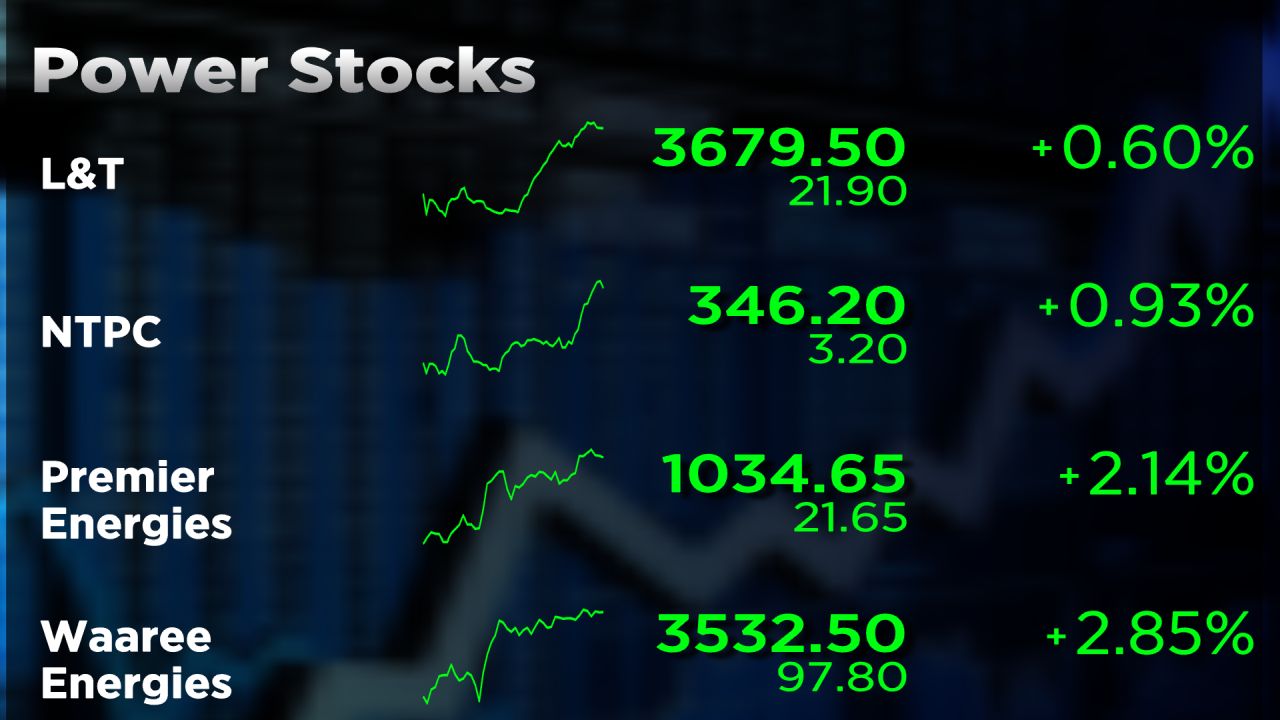He remains cautious on renewable developers, citing stretched valuations, and is also negative on solar manufacturers such as Premier Energies and Waaree Renewable, where he anticipates a potential supply glut.

Government schemes like the rooftop solar programme (PM-Surya Ghar) and the PM-KUSUM scheme for solar pumps are driving strong earnings for solar manufacturing firms.
Nigania said that companies are currently enjoying peak profitability and returns. However, he cautioned that the medium-term outlook is less encouraging. With many new players entering the market and several IPO plans underway, he expects a supply glut in modules and cells, which could drag down margins and returns beyond FY27.
Despite this year’s slowdown, Nigania remains optimistic about India’s medium- to long-term power demand.
“If you look at the new use cases of power emerging in EVs, the cooling need data centres power demand growth will accelerate. This year was an aberration in power demand. ”
Once power demand comes back there will be the need to add renewables. He forecasts a more realistic renewable capacity addition of 30–35 gigawatts annually, compared to the government’s target of 40–50 gigawatts.
According to sources, around 40 gigawatts of renewable energy capacity remains stranded due to the lack of power purchase agreements. Nigania noted that these projects are now being re-tendered, as electricity demand has been weak this year—largely because of heavy rainfall—after three to four years of strong growth.
Nigania clarified that no major investments had been made without PPAs, so there is no immediate hit to earnings. The main impact is that these projects will now be re-tendered, slowing near-term growth.
Follow our live blog for more stock market updates

/images/ppid_59c68470-image-175869767056833845.webp)
/images/ppid_59c68470-image-175868014963456760.webp)
/images/ppid_59c68470-image-175868753133122909.webp)
/images/ppid_59c68470-image-175861017949831044.webp)
/images/ppid_59c68470-image-175852264082835810.webp)
/images/ppid_59c68470-image-175845005333366417.webp)
/images/ppid_59c68470-image-175863756394835991.webp)
/images/ppid_59c68470-image-17585375306245128.webp)
/images/ppid_59c68470-image-175859504340429272.webp)
/images/ppid_59c68470-image-175854253551178678.webp)